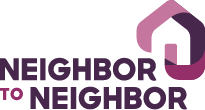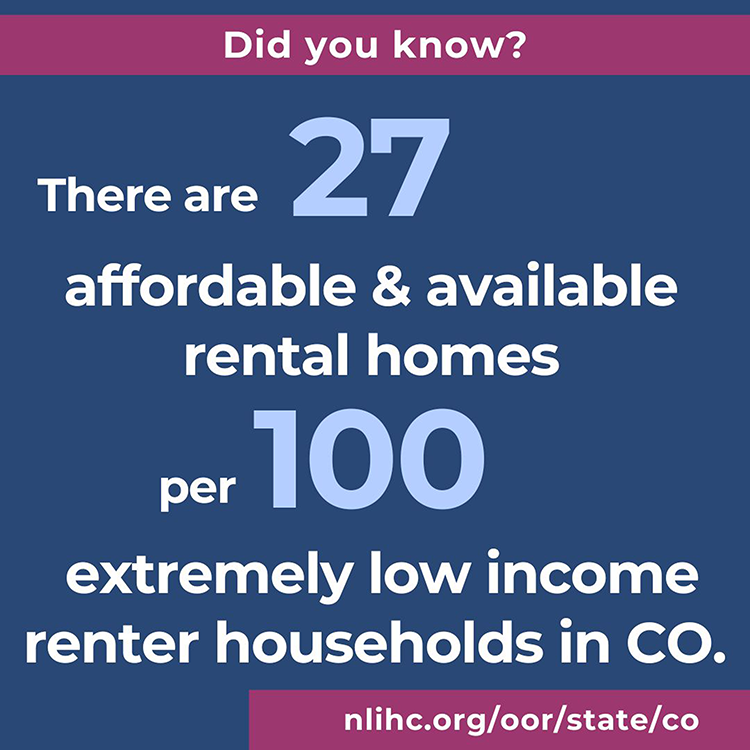Housing Affordability
Housing affordability is defined as housing options that cost no more than 30% of a household’s income. In addition to rent or mortgage, this calculation includes utilities, property taxes, and insurance costs. While affordability typically improves as one moves away from the coast, inland markets are now reaching affordability extremes. Colorado now has four of the five highest-priced non-coastal housing markets, with Fort Collins coming in third, followed by Greeley (article).
As the gap widens between income and housing costs, the issue of housing affordability impacts an expanding segment of our community. While average wage rates in Larimer County have risen 67% from Jan. 2013-Oct. 2023, housing unaffordability for the same period grew 122% (source). This leaves both low and middle-income families with increasing struggles as prices continue to climb while available, affordable housing inventory drops.
For perspective, the Keystone Policy Center released its 2021 study on the issue of homeownership for Colorado teachers. This interactive map illustrates how only 14% of Fort Collins’ housing stock was deemed affordable based on Poudre School District’s average teacher salary, while only 4% of Loveland’s inventory was affordable for Thompson School District teachers. The inability to attract and retain educators can have long-lasting implications for student educational opportunities and disproportionately impacts students with disabilities, students of color, and students from lower-income backgrounds (article). This is just one way housing opportunity is tied to the overall economic strength and well-being of our community.


